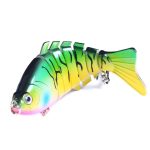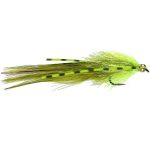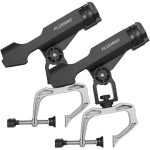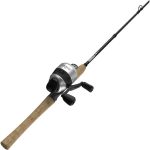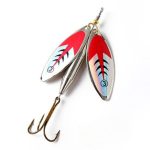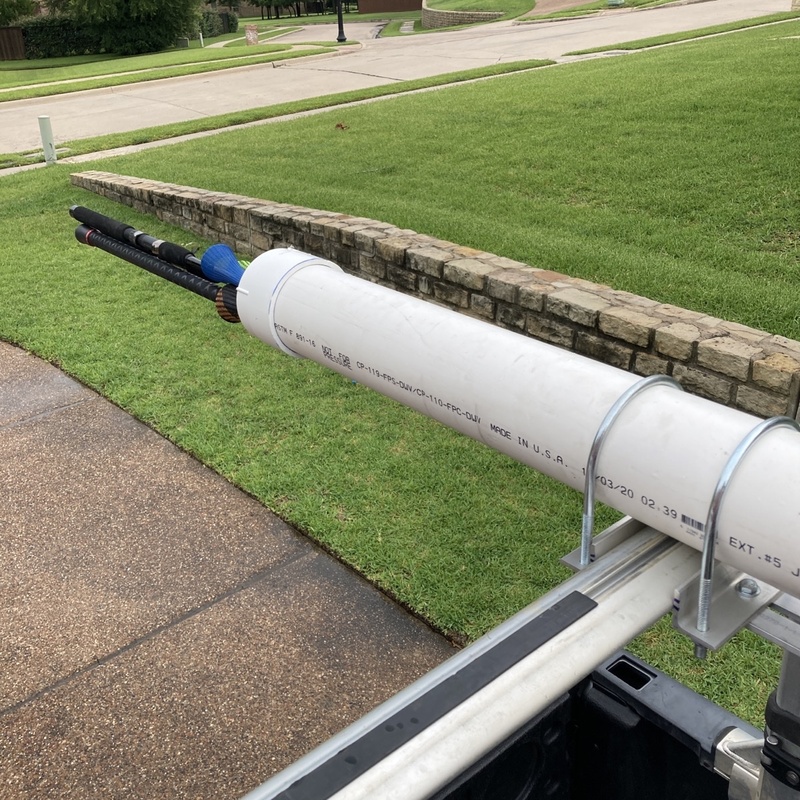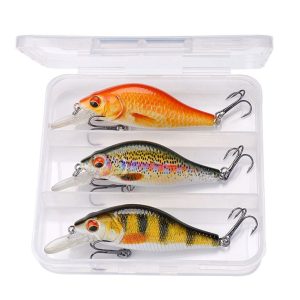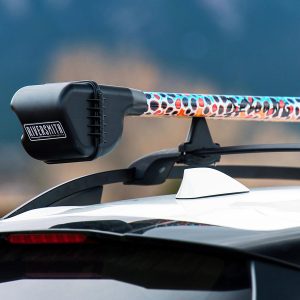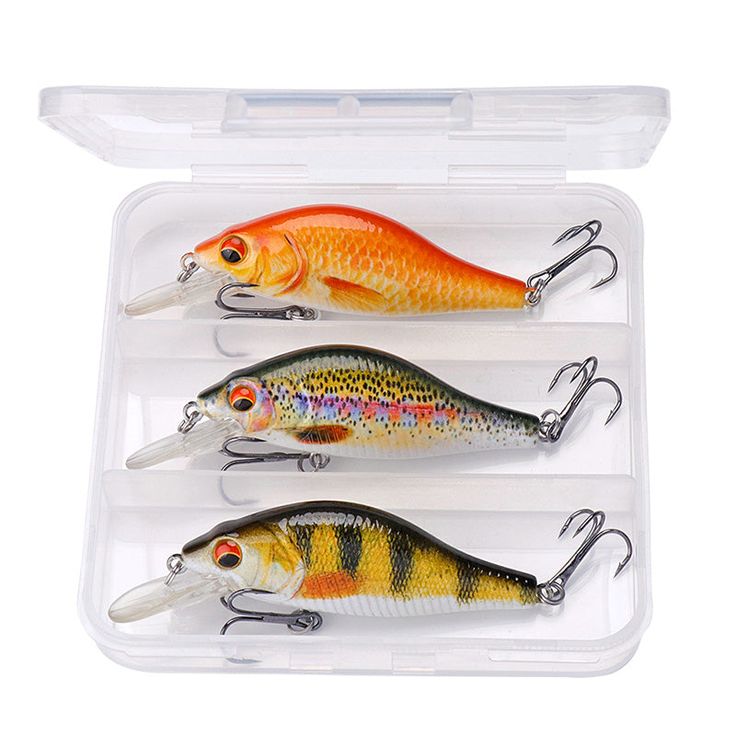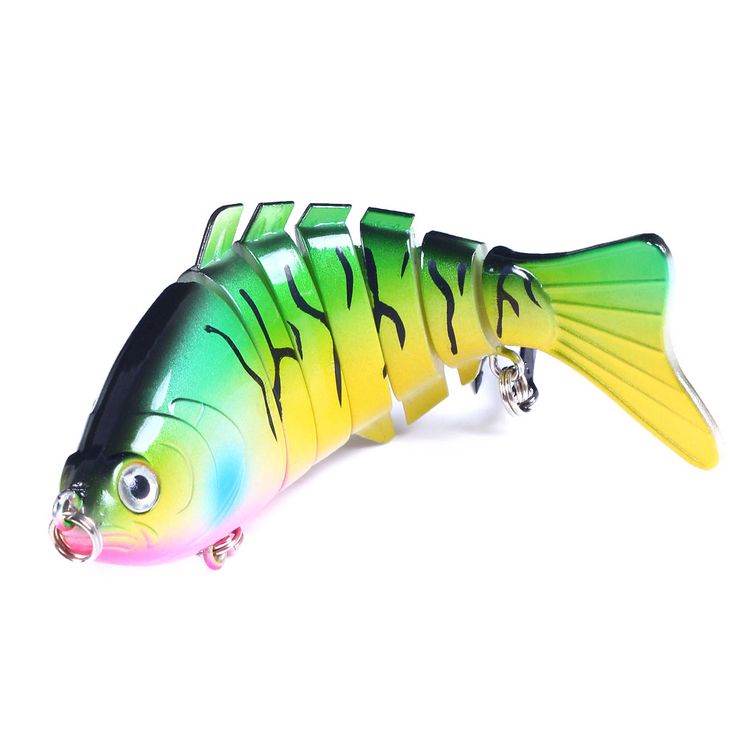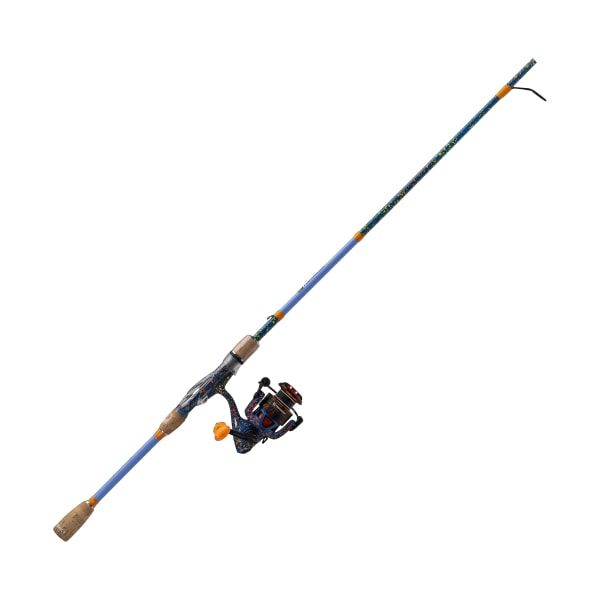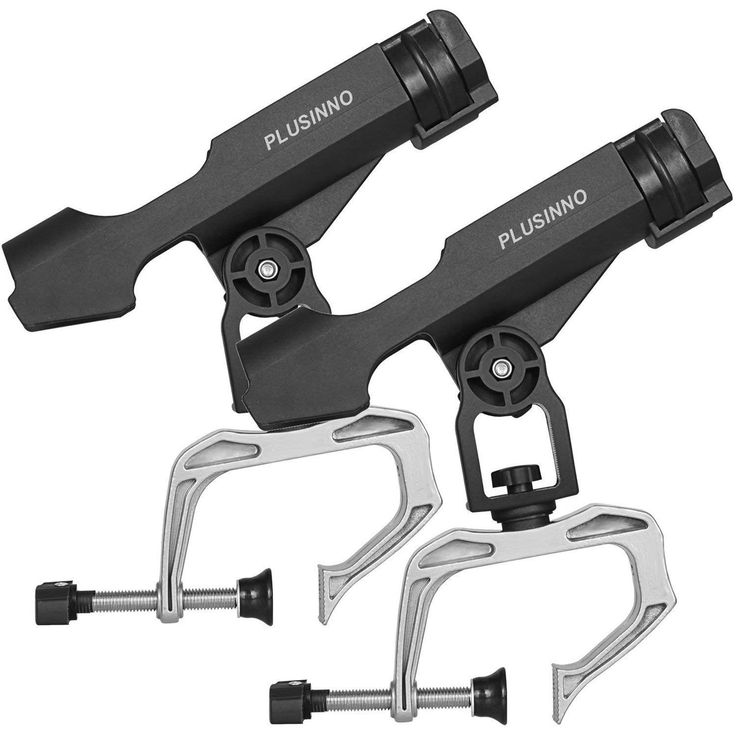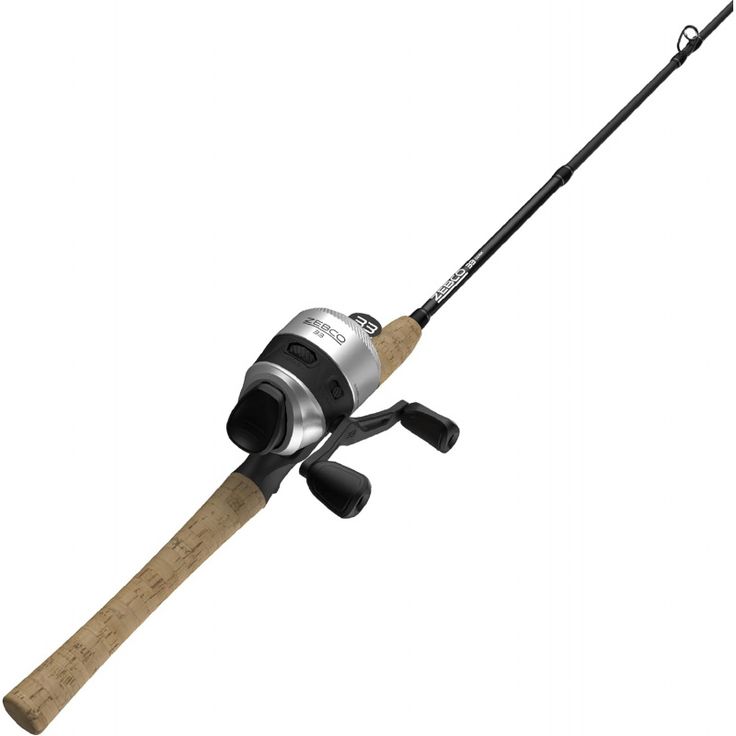Fishing is a relaxing and rewarding hobby enjoyed by many. To enhance your fishing experience and keep your gear organized, a fishing rod holder is essential. This article will guide you through creating a simple yet effective PVC pipe diy fishing rod holder. Not only is this DIY project budget-friendly, but it is also easy to construct, making it ideal for beginners and experienced DIY enthusiasts alike.
Why Choose a PVC Pipe Fishing Rod Holder?
Durability and Weather Resistance
PVC pipe is a popular material known for its durability. Unlike wood, PVC is resistant to moisture, rot, and insects. This feature makes it suitable for various weather conditions. Whether under the hot sun or in a rainstorm, a PVC holder will withstand the elements. Additionally, its lightweight nature ensures ease of transportation.
Cost-Effectiveness
Constructing a fishing rod holder from PVC pipe is budget-friendly. Purchasing a pre-made holder can be expensive, often exceeding $50. In contrast, a DIY solution might only cost you around $20 to $30 for materials. Moreover, PVC pipes are widely available at local hardware stores. Such convenience allows anyone to start their project quickly.
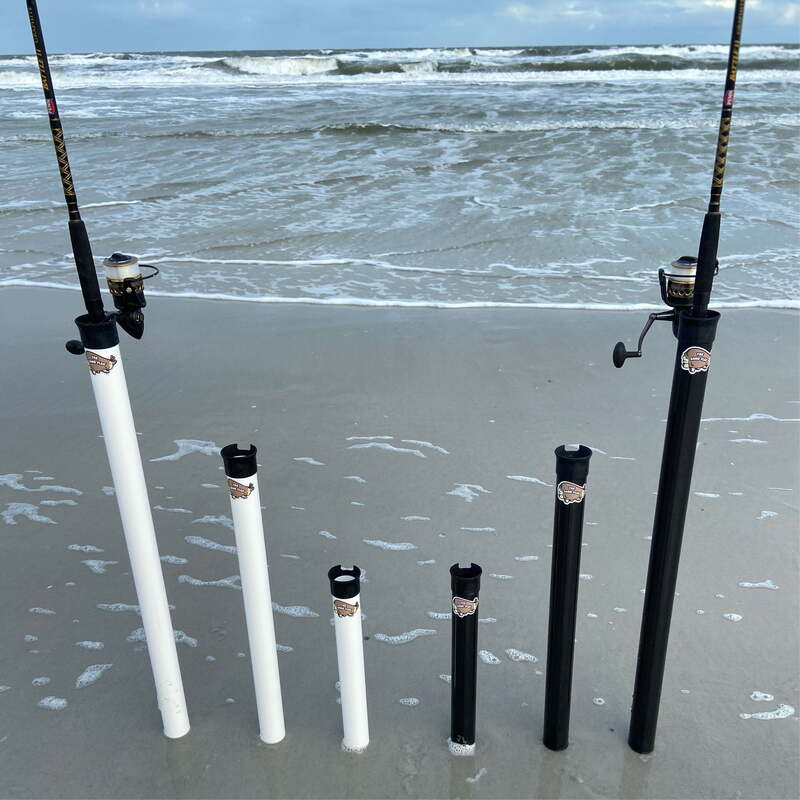
Materials Needed for Your DIY Fishing Rod Holder
PVC Pipes and Fittings
First, you will need PVC pipes. For a standard fishing rod holder, choose 2-inch diameter PVC pipe. This size accommodates most fishing rods without straining them. You will need about 10 feet of the pipe for a basic design.
In addition to pipes, you will also require various fittings. This includes tees and elbows, which help create a sturdy structure. Ensure you acquire enough fittings to connect the lengths of pipe securely.
Tools for Assembly
Gather the tools necessary for your assembly work. You will need a saw to cut the PVC pipes to size. A measuring tape will help achieve accurate measurements. A marker can be useful for marking cutting points clearly. Additionally, invest in PVC cement to bond the pieces together firmly.
Designing Your Fishing Rod Holder
Determine the Size and Shape
Before cutting any pipes, consider the size and shape of the holder. A typical design often resembles a vertical structure with multiple slots for holding fishing rods securely. Generally, the height should range between 4 to 5 feet. This height allows for comfortable access to your rods.
Also, think about how many rods you plan to store. If you are an avid angler, you may need more slots. You can create a holder with four, six, or even eight spaces, depending on your needs.
Sketch Your Design
Creating a sketch before starting construction can help visualize the finished product. Draw each component, marking where cuts will occur. This step ensures precision when assembling your PVC pipe holder. The sketch serves as your guide, helping you stay organized as you build.
Cutting and Assembling the PVC Pipes
Measure Twice, Cut Once
Once you have your design ready, it’s time to start cutting the PVC pipes. Use a measuring tape to mark each segment accurately. Pay attention to the measurements you made in your design sketch. Following this rule ensures that no part is mistakenly cut too short or too long.
After marking, use a saw to cut the pipes. A small hacksaw works well for precise cuts. Safety is essential; wear goggles to protect your eyes from flying debris. Once the pieces are cut, smooth any sharp edges using sandpaper.
Assemble the Holder
Now, move on to assembling the structure. Begin by connecting the bottom section of the holder. Use PVC cement to secure each piece in place. It is advisable to work in sections, allowing time for cement to set before proceeding. This method creates a sturdy base.
After the base is complete, connect the vertical pieces. Make sure all angles are aligned correctly. Continue adding pipes and fittings as outlined in your design. The process can be tedious, but patience leads to a stable fishing rod holder.
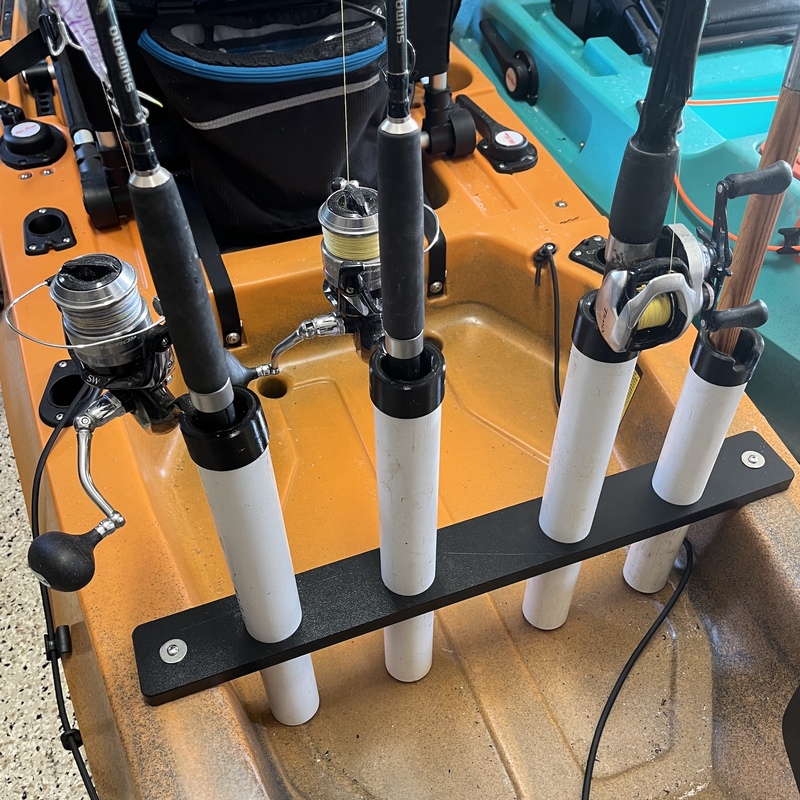
Finishing Touches and Customization
Painting and Decorating
Your DIY fishing rod holder does not have to be plain. After assembling the structure, consider adding paint. A coat of outdoor paint will not only improve the appearance but can also provide extra protection against the elements. Choose colors that match your aesthetic or fishing gear.
For additional decoration, consider stenciling your name or a fun fishing-related design on the holder. Customizing your holder makes it uniquely yours. Plus, it adds a personal touch to your fishing experience.
Adding Stability
To prevent tipping, you can add stability to your fishing rod holder. One option is to fill the bottom section with sand or gravel. This alternative adds weight and ensures the holder remains upright in windy conditions. Furthermore, placing the holder in a strategic location can help with stability.
Alternatively, you might consider anchoring it to the ground. By driving stakes into the ground, you can tie your holder, preventing it from tipping over. This method is beneficial when fishing in areas with high winds.
Benefits of Using a PVC Fishing Rod Holder
Organization and Accessibility
One of the primary benefits of a fishing rod holder is organization. Instead of leaving your rods scattered on the ground, a holder keeps everything in one place. This organization makes finding and accessing rods convenient when you’re ready to fish.
Moreover, having a designated spot for each rod reduces wear and tear. Your gear is less likely to get damaged when stored properly. You can easily grab what you need and avoid tangled lines. Such accessibility makes your overall fishing experience more enjoyable.
Protection from Damage
Another essential benefit is the protection provided by a fishing rod holder. When rods are left on the ground, they are susceptible to damage. A holder elevates the rods, reducing the risk of breakage.
Furthermore, keeping the rods off the ground prevents exposure to water, mud, and debris. By securing your rods in a holder, you can maintain their longevity. This protection ultimately saves you money on replacement rods over time.
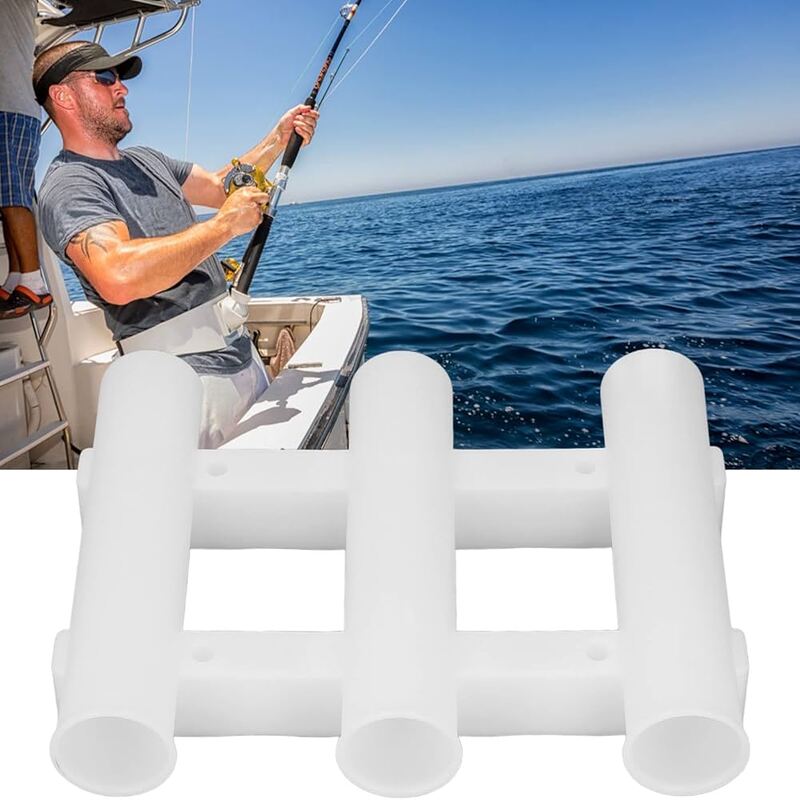
Maintaining Your PVC Fishing Rod Holder
Regular Cleaning
To keep your PVC fishing rod holder in top condition, regular cleaning is necessary. Debris, dirt, and moisture can accumulate on the surface. These elements can lead to deterioration if left unchecked.
To clean the holder, simply wipe it down with a wet cloth. Use mild soapy water for stubborn stains. Ensure to dry it thoroughly afterward to prevent mold or mildew growth. Regular maintenance helps extend the life of your holder.
Inspect for Damage
In addition to cleaning, inspect the holder regularly for any signs of damage. Check for cracks, breaks, or separation at the joints. Early detection of issues will allow for timely repairs.
Should you notice any problems, reapply PVC cement as needed. You can also reinforce weak spots with additional fittings. Regular inspections will ensure the stability and functionality of your fishing rod holder.
Conclusion: Enjoying Your DIY Fishing Experience
In conclusion, constructing a PVC pipe fishing rod holder is a rewarding DIY project. The benefits of organization, protection, and cost-effectiveness are undeniable. By following the steps outlined in this article, you can create a holder tailored to your needs.
Not only does it elevate your fishing experience, but it also enhances your connection with the hobby. So, gather your materials and start building today! Happy fishing!

